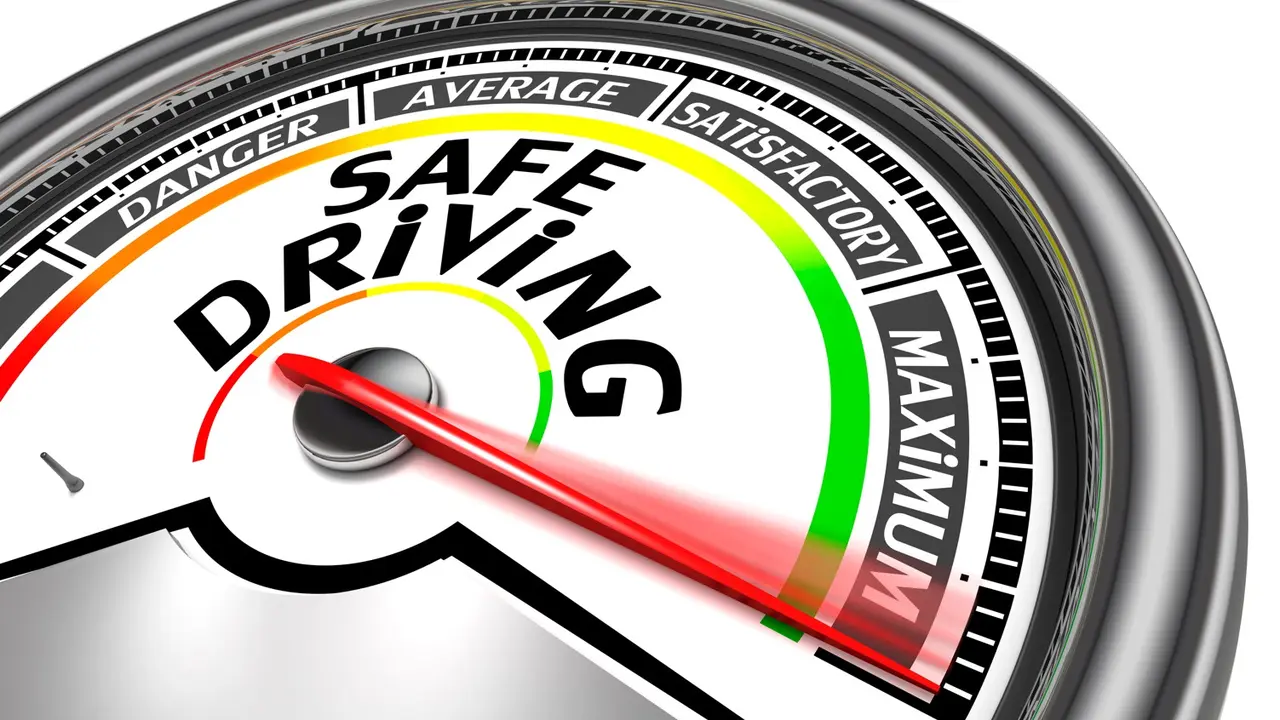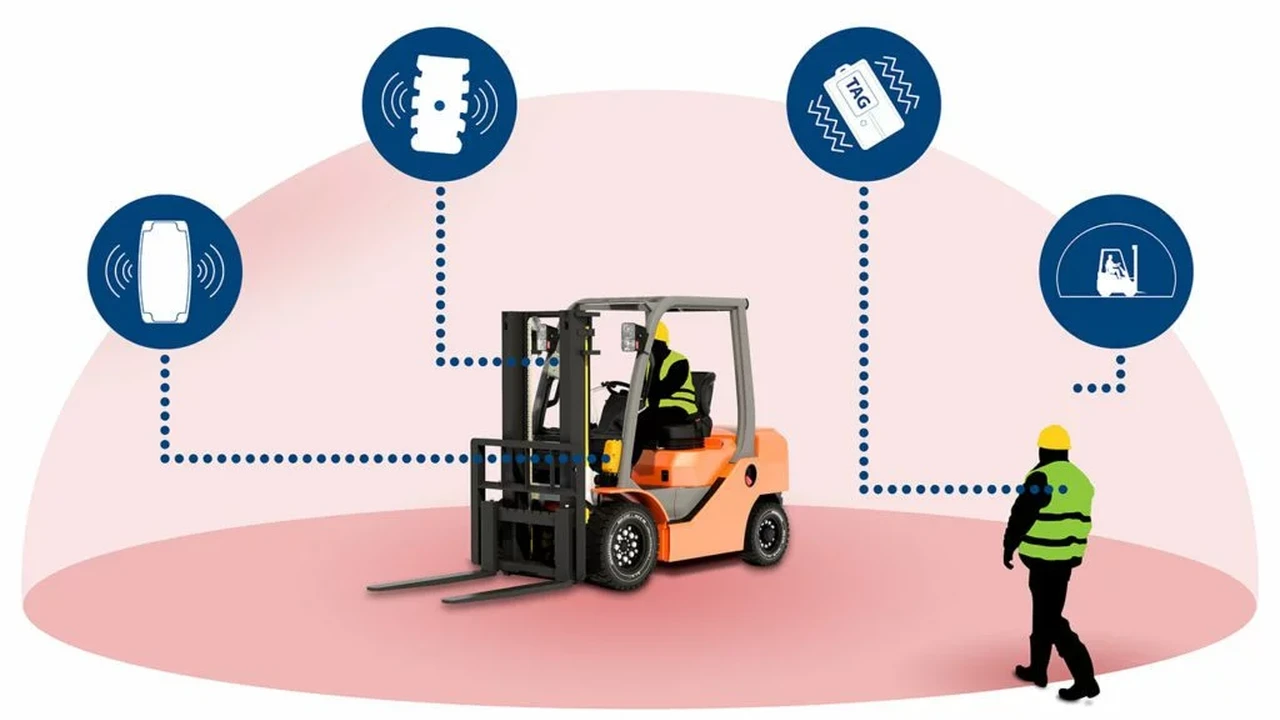Top 5 Safety Features That Lower Your Insurance Premiums

Understanding How Car Safety Features Impact Insurance Rates
Okay, let's be real. Car insurance can feel like throwing money into a black hole, right? But what if I told you there's a way to actually lower those premiums? It's all about safety! Insurance companies love safety, and they reward drivers who prioritize it. The safer your car, the less likely you are to be in an accident, and the less likely they are to have to pay out. Makes sense, doesn't it?
So, how do car safety features play into this? Well, insurance companies use a variety of factors to determine your premium, including your driving record, age, and the type of car you drive. Cars with advanced safety features are generally considered less risky to insure, which can translate into lower rates. These features help prevent accidents or mitigate their severity, reducing the potential for costly claims.
Let's dive into the top 5 safety features that can seriously shave dollars off your insurance bill.
1 Automatic Emergency Braking AEB and Insurance Savings
Automatic Emergency Braking (AEB) is a game-changer. Think of it as a super-alert co-pilot that's always watching the road. This system uses sensors (like cameras and radar) to detect potential collisions. If the driver doesn't react in time, the AEB system automatically applies the brakes to avoid or mitigate the impact.
How it lowers premiums: AEB significantly reduces the risk of rear-end collisions, which are one of the most common types of accidents. By preventing or lessening the severity of these accidents, AEB can lead to fewer insurance claims and, therefore, lower premiums. The Insurance Institute for Highway Safety (IIHS) has found that AEB systems can reduce rear-end collisions by up to 40%!
Product Recommendations:
- Mobileye 6 Series: A popular aftermarket AEB system. It's a bit pricey (around $800-$1200 installed), but it adds AEB functionality to older vehicles that don't have it built-in. It uses a camera mounted on the windshield to detect vehicles, pedestrians, and cyclists. Pros: retrofit option, proven effectiveness. Cons: expensive, requires professional installation.
- Built-in AEB Systems (e.g., Honda Sensing, Toyota Safety Sense): Many new cars come standard with AEB as part of a larger safety suite. These integrated systems are generally more seamless and reliable than aftermarket options. Pros: integrated design, often included in standard packages. Cons: requires buying a newer car.
Usage Scenario: Imagine you're driving in heavy traffic and the car in front of you suddenly slams on the brakes. Without AEB, you might not have enough time to react, resulting in a collision. With AEB, the system would detect the braking car and automatically apply the brakes, potentially avoiding the accident altogether.
2 Lane Departure Warning LDW and Lane Keeping Assist LKA for Cheaper Insurance
Lane Departure Warning (LDW) and Lane Keeping Assist (LKA) are designed to prevent unintentional lane departures. LDW alerts the driver when the car starts to drift out of its lane, while LKA actively steers the car back into the lane. These systems are particularly useful on highways and long drives where fatigue can set in.
How it lowers premiums: Unintentional lane departures can lead to serious accidents, especially on highways. LDW and LKA help prevent these accidents by keeping the car within its lane. Insurance companies see these systems as a way to reduce the risk of accidents caused by driver distraction or fatigue.
Product Recommendations:
- Garmin DriveAssist 51 LMT-S: A GPS navigation device with built-in LDW. It's a good option for older cars that don't have LDW. It costs around $300-$400. Pros: portable, affordable. Cons: less integrated than built-in systems.
- Built-in LDW/LKA Systems (e.g., Nissan ProPILOT Assist, Tesla Autopilot): Again, many new cars come standard with these features. The effectiveness varies depending on the manufacturer and the specific system. Pros: integrated, often part of a more comprehensive safety suite. Cons: requires buying a newer car.
Usage Scenario: Let's say you're driving on the highway late at night and you start to feel drowsy. You unintentionally drift out of your lane. The LDW system will alert you with a visual or audible warning, giving you time to correct your course. If you don't react, the LKA system will gently steer the car back into the lane.
3 Blind Spot Monitoring BSM and Rear Cross-Traffic Alert RCTA for Insurance Savings
Blind Spot Monitoring (BSM) alerts the driver to the presence of vehicles in their blind spots. Rear Cross-Traffic Alert (RCTA) warns the driver of approaching vehicles when backing out of a parking space. Both systems are crucial for preventing accidents in situations where visibility is limited.
How it lowers premiums: Blind spot accidents and parking lot collisions are common, especially in urban areas. BSM and RCTA help prevent these accidents by providing drivers with additional awareness of their surroundings. This reduces the risk of claims and can lead to lower insurance rates.
Product Recommendations:
- Raxiom Blind Spot Mirror System: An aftermarket BSM system that uses small mirrors attached to the side mirrors to provide a wider field of vision. It's a relatively inexpensive option (around $50-$100). Pros: affordable, easy to install. Cons: less effective than electronic systems.
- Built-in BSM/RCTA Systems (e.g., Mazda i-Activsense, Subaru EyeSight): These systems use radar sensors to detect vehicles in the blind spots and approaching from the sides when backing up. Pros: more reliable and accurate than aftermarket options. Cons: requires buying a newer car.
Usage Scenario: You're driving on the highway and want to change lanes. You check your mirrors, but you don't see a car in your blind spot. The BSM system detects the car and alerts you with a warning light or sound, preventing you from making a dangerous lane change. Or, you're backing out of a parking space in a crowded parking lot. The RCTA system detects a car approaching from the side and alerts you, preventing a collision.
4 Anti-Lock Braking System ABS and Electronic Stability Control ESC and Insurance Discounts
Anti-Lock Braking System (ABS) prevents the wheels from locking up during hard braking, allowing the driver to maintain steering control. Electronic Stability Control (ESC) helps prevent skidding by automatically applying brakes to individual wheels when the car starts to lose control. These systems are now standard on most new cars.
How it lowers premiums: ABS and ESC significantly improve vehicle stability and control, especially in adverse weather conditions. By reducing the risk of skidding and loss of control, these systems help prevent accidents and lower insurance premiums.
Product Recommendations: While you can't really "add" ABS or ESC to a car that doesn't have it (they're integrated into the vehicle's design), you can ensure that your tires are in good condition. Good tires provide better grip and enhance the effectiveness of ABS and ESC.
- Michelin Defender T+H: A highly rated all-season tire that provides excellent traction and handling. A set of four tires will cost around $600-$800, depending on the size. Pros: excellent performance, long tread life. Cons: can be a bit pricey.
- Bridgestone Ecopia EP422 Plus: Another good all-season tire that offers a balance of performance and fuel efficiency. A set of four tires will cost around $500-$700. Pros: good value, fuel efficient. Cons: not as grippy as the Michelin Defender T+H.
Usage Scenario: You're driving on a wet road and you need to brake suddenly. Without ABS, your wheels might lock up, causing you to lose steering control and potentially skid into another car. With ABS, the system will prevent the wheels from locking up, allowing you to maintain steering control and avoid the accident. Similarly, if your car starts to skid on a slippery surface, ESC will automatically apply brakes to individual wheels to help you regain control.
5 Adaptive Cruise Control ACC and Forward Collision Warning FCW for Lower Insurance Rates
Adaptive Cruise Control (ACC) automatically adjusts the car's speed to maintain a safe following distance from the vehicle ahead. Forward Collision Warning (FCW) alerts the driver to a potential collision with the vehicle in front. These systems work together to prevent rear-end collisions and reduce driver fatigue.
How it lowers premiums: ACC and FCW help prevent rear-end collisions, which are a major cause of accidents. By automatically adjusting the car's speed and alerting the driver to potential collisions, these systems reduce the risk of claims and can lead to lower insurance premiums.
Product Recommendations:
- Waylens Secure360 4G: A dashcam with built-in FCW. It records video of the road ahead and alerts the driver to potential collisions. It costs around $300-$400. Pros: provides video evidence in case of an accident, adds FCW functionality to older cars. Cons: limited ACC functionality.
- Built-in ACC/FCW Systems (e.g., Volvo Pilot Assist, BMW Active Driving Assistant): These systems are highly integrated and offer a smooth and reliable driving experience. Pros: seamless integration, often part of a comprehensive safety suite. Cons: requires buying a newer car.
Usage Scenario: You're driving on the highway in cruise control. The car in front of you slows down. Without ACC, you would need to manually adjust your speed to maintain a safe following distance. With ACC, the system automatically slows down your car to maintain a safe distance. If the car in front of you suddenly brakes, the FCW system will alert you to the potential collision, giving you time to react.
Comparing Safety Features and Insurance Savings
It's important to remember that the actual insurance savings you'll get from these features will vary depending on your insurance company, your driving record, and other factors. However, in general, the more safety features your car has, the lower your premiums are likely to be. It's always a good idea to check with your insurance company to see how much you can save by having specific safety features.
Here's a quick comparison of the features we've discussed:
| Safety Feature | How it Helps | Approximate Cost (Aftermarket) | Potential Insurance Savings |
|---|---|---|---|
| Automatic Emergency Braking (AEB) | Prevents or mitigates rear-end collisions | $800 - $1200 (Mobileye) | 5-15% |
| Lane Departure Warning (LDW) / Lane Keeping Assist (LKA) | Prevents unintentional lane departures | $300 - $400 (Garmin DriveAssist) | 3-10% |
| Blind Spot Monitoring (BSM) / Rear Cross-Traffic Alert (RCTA) | Alerts driver to vehicles in blind spots and when backing up | $50 - $100 (Raxiom Mirrors) | 2-8% |
| Anti-Lock Braking System (ABS) / Electronic Stability Control (ESC) | Improves vehicle stability and control | N/A (Standard on most new cars) | 2-5% |
| Adaptive Cruise Control (ACC) / Forward Collision Warning (FCW) | Maintains safe following distance and alerts to potential collisions | $300 - $400 (Waylens Secure360) | 5-12% |
Note: Insurance savings are estimates and may vary.
Staying Safe and Saving Money
Investing in safety features isn't just about saving money on insurance; it's about protecting yourself and your loved ones. By choosing a car with advanced safety features, you're making a smart decision that can help prevent accidents and save lives. And, as a bonus, you'll likely save some money on your insurance premiums too! So, do your research, compare different models, and choose the car that offers the best combination of safety, features, and value. Happy (and safe!) driving!
:max_bytes(150000):strip_icc()/277019-baked-pork-chops-with-cream-of-mushroom-soup-DDMFS-beauty-4x3-BG-7505-5762b731cf30447d9cbbbbbf387beafa.jpg)






